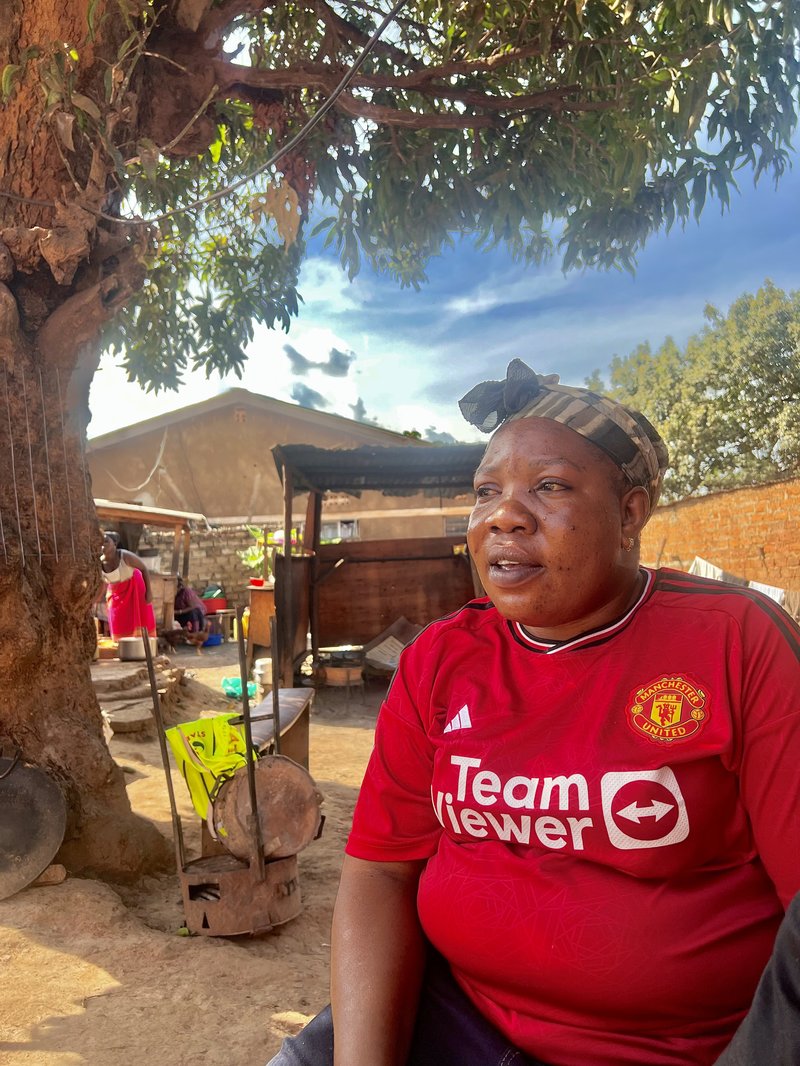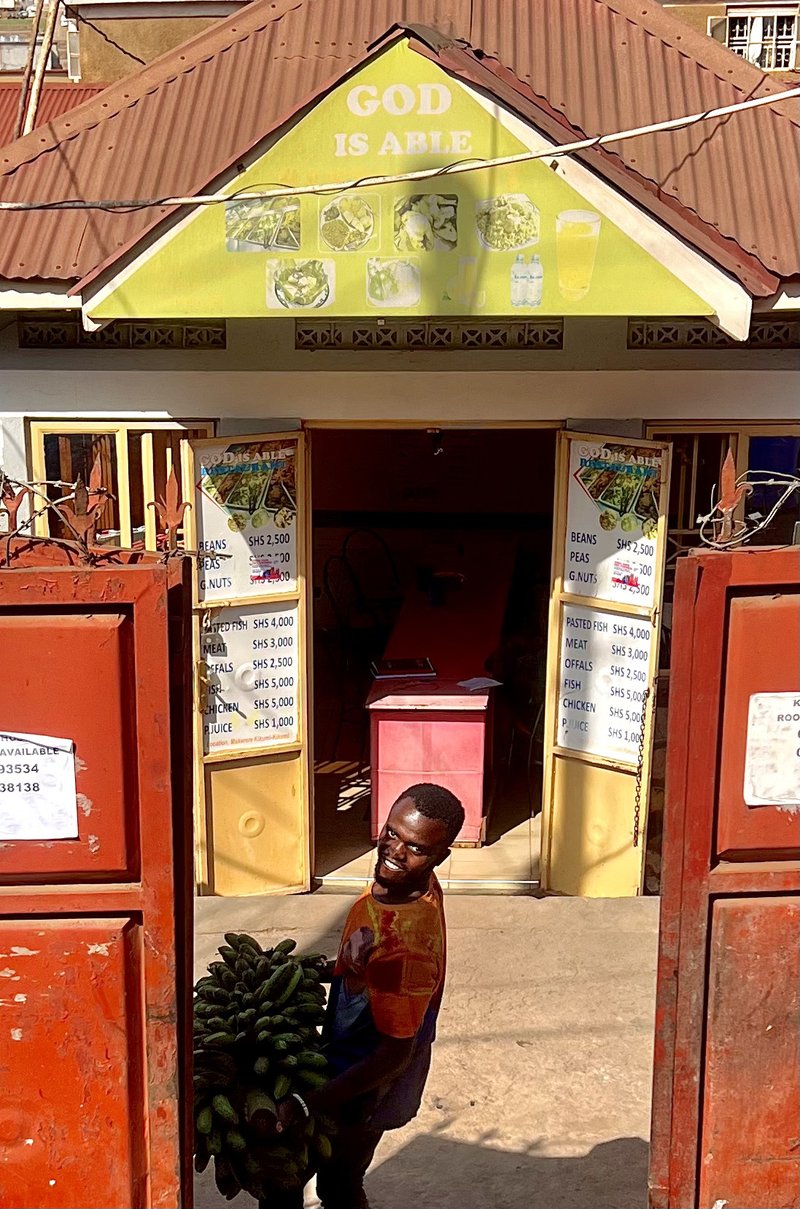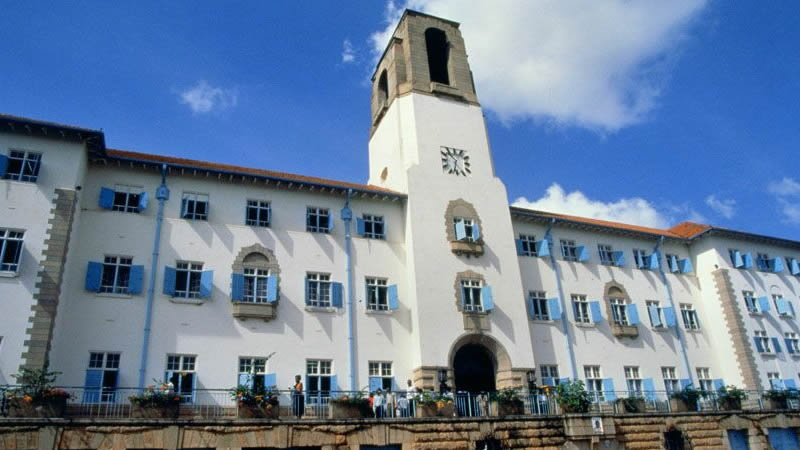By Claire Zerida Balungi
On the eastern periphery of Makerere University rests a small village with a name that has amused you once, at least when you first heard it. With all its generational flaws of over-enduring makeshift canteens and salons forcibly fitted with student rentals, Kikumi Kikumi excelled at providing the most affordable eateries around Makerere in the 90s and early 2000s. Out and through the university has walked many a student whose dining experience was terrifically transformed by the insanely cheap food which did hold up disturbingly well to the reality of a modest student life. Despite one’s financial background, whether a student was well-facilitated or was hustling to make ends meet, they all met head-on with the awakening that they needed to spend economically, which reminder served as great company through Makerere’s Lions Leisure Park down the street of Kikumi Kikumi.
My friend, Richard Byajuta, who was a student in the early 2000s, came visiting from the States in 2018, after many years. As we went up the stairs in my Wandegeya hostel, he regurgitated a memory about food that cost Shs100 per serving spoon in the good ol’ days.

Addictive prices
Half the fun of listening to alumni talk about the bygone Kikumi Kikumi is getting a glimpse into Makerere’s culture and manageable lifestyle, one you would have loved to live. Many confess that the price was addictive, the food a pleasure to chew on, no matter how humorously pitiable some modern eateries around the campus like Chicken Tonight and Tipsys in Wandegeya made Kikumi Kikumi look.
Patience Orishaba was joking about the history with her friends. She lodged in Kasumba Hostel, Ku Bbiri near Kikumi Kikumi, in 2003. “Eating in Kikumi Kikumi was a simple way of surviving within one’s means. You’d get through a week on 10k,” remembers Orishaba. Her friends referred to the experience as “a dream” far from today’s reality.
Byajuta had mentioned that with only Shs500 in 2005, one was guaranteed a mound of mashed steamed matooke, rice, a sweet potato, posho, and meat, each piece of food at a now-laughable price of Shs100. A swarm of vendors sold food by the roadside, their stalls demarcated by benches centered with the food on sale. They had no modern way of generating a menu because the food they offered varied on a day-to-day basis or season of harvest. For instance, one could have eaten cassava in March and more potatoes in August. Chanting the singular price of “kikumi, kikumi” (one hundred, one hundred per food on the variety) was routine for the vendors. Students hence branded the place Kikumi Kikumi.

How things have changed
On my recent stroll down the area, I was amazed to find the restaurants almost empty, even though it was lunchtime and the semester was on. “What has changed?” I was curious. “Food prices are now very high, especially after the Covid-19 outbreak. We’ve hiked the prices so we can break even,” responded Aunt Sarah, who has for 15 years served food and juice in the area. This was confirmed by Nassif Kayondo, a Makerere alumnus, now an employee at the renowned KK Yesu Amala Restaurant which has been standing for more than 20 years. “A bunch of matooke that was once Shs5000 is now Shs20,000,” he says.

The vendors generally made more money in the evenings when most students were through with their classes and less money was minted when students went on holiday. “They flooded our stalls in groups and ate all our food. Those who turned up late found no beef. Our main customers are now boda boda men who also come ‘omu omu’ (one by one),” cried Aunt Sarah, expressing the vendors’ plight with Kampala City Council Authority (KCCA) whose developments tilted the dynamics of the food business in the area.
Kikumi Kikumi was once easily accessible to the students. However, the newly constructed university perimeter wall has locked away the campus premises. The fence now denies students an experience that would still be presently lived and enjoyed; the freedom to cross over the then-dusty road that separated the campus from the restaurants… Consumers of the era gathered under tree shades and in makeshift food courts to enjoy a thrillingly cheap lunch or dinner treat. The place was lit on the entire road stretch at night with a candle or tadooba (a very small paraffin-consuming lamp) at each vendor’s station. Some students in the hostels or halls like Africa Hall, closer to the eateries, came with containers, bought food and took it back to eat in their places of residence.
The cost of formalising the eateries
Business changed when KCCA took more control over these food businesses; vendors had to secure trading licenses, pay commissions to their local council, and also pay for services like garbage collection. This made the eateries more expensive to operate. Little wonder that prices increased and standard food prices had to be established, going up from Shs500 to Shs2,500 or Shs3,000 as a starting price for sauces like beans, peas and the paste of groundnut. KCCA also forbade vendors from selling food 5 metres from the road and confiscated their property upon arrest. Only vendors with permanent structures were allowed to operate and this has left only a few eateries operating in Kikumi Kikumi today.
With the perimeter wall engulfing the campus, students now need to go through one gate as compared to the open outlet they used to access Kikumi Kikumi back in the day. “The vendors closer to the gate tend to make more sales leaving us no student customers to serve,” complained an employee in Aunt Sarah’s restaurant which is far away from the gate, adding that business is slow since hostels now have inbuilt restaurants and some have kitchens where students can cook. They would rather purchase sauces to add to their hostel-prepared meals than buy a full meal.
Despite the rising prices of food, Kikumi Kikumi continues to uphold its standard as home to affordable eateries around Makerere. Food generally goes for a slightly higher price in Kikoni, Wandegeya, Kivvulu, Kiwuunya, Kagugube and campus halls, compared to that in Kikumi Kikumi.
The place, for years, established a clear-cut distinction in the price dynamics of food on Makerere Hill. For a student on a money-sparing edge, it did live up to the billing effortlessly.
Related News
![]() Please join hands with the Makerere University Endowment Fund as it works towards attracting & retaining the best faculty, providing scholarships, and investing in cutting-edge research and technology.
Please join hands with the Makerere University Endowment Fund as it works towards attracting & retaining the best faculty, providing scholarships, and investing in cutting-edge research and technology.



